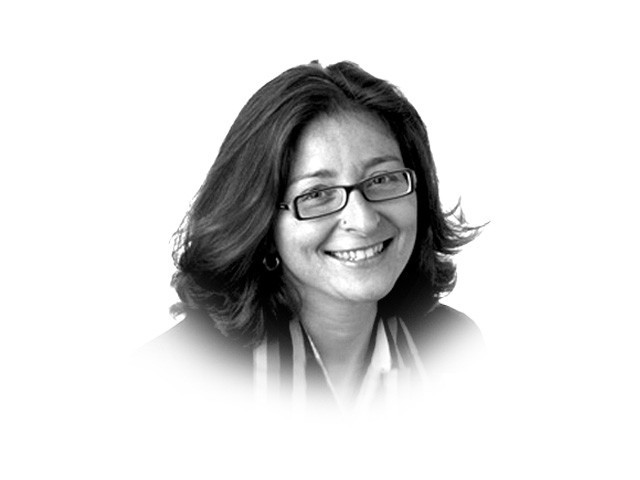India in Afghanistan — I

The writer is an assistant professor at Georgetown University and author of Cuisines of the Axis of Evil and Other Irritating States (The Lyons Press, August 2003) christine.fair@tribune.com.pk
India’s interests in Afghanistan are not only Pakistan-specific but also tied to India’s desire to be seen as an extra-regional power moving toward great power status. While India’s presence in Afghanistan has Pakistan-specific utility, India’s interests in Afghanistan can be seen as merely one element within India’s desire to be able to project its interests well beyond South Asia.
India has three principal aims in Afghanistan. First, it faced security threats from the Taliban regime in Afghanistan in the 1990s which provided training opportunities and safe havens for several Pakistani groups, such as Lashkar-e-Taiba and Harkat-ul-Jihad-al-Islami, which operate in India. India insists that Afghanistan should not again become a terrorist safe haven.
Second, India wants to retain Afghanistan as a friendly state from which it can monitor Pakistan and, where possible, cultivate assets to influence activities in Pakistan. Naturally, Pakistan seeks to deny India such opportunities.
Third, developments in Afghanistan and Pakistan have a negative effect on India’s domestic social fabric. Hindu nationalists and their militant counterparts live in a violent symbiosis with Islamist militant groups operating in and around India. Islamist terrorism in the region provides grist for the mill of Hindu nationalism and its violent offshoots.
Contrary to some Pakistani views, India’s ties to Afghanistan are not new. In 1950, Afghanistan and India signed a “Friendship Treaty.” Prior to the Soviet invasion in 1979, New Delhi formalised agreements with various pro-Soviet regimes in Kabul. During the anti-Soviet jihad, India expanded its development activities in Afghanistan.
After the Taliban consolidated their hold on Afghanistan in the mid-1990s, India struggled to maintain its presence. It aimed to undermine the Taliban by supporting the Northern Alliance in tandem with other regional actors.
Working with Iran, Russia and Tajikistan, India provided important resources to the Northern Alliance, the only meaningful challenge to the Taliban in Afghanistan. According to journalist Rahul Bedi, India also ran a 25-bed hospital at Farkhor (Ayni), Tajikistan, for more than a year and supplied the Northern Alliance with high altitude warfare equipment worth around $8 million. India also based several ‘defence advisers’ in Tajikistan to advise the Northern Alliance in their operations against the Taliban.
Since 2001, India has relied upon development projects and other forms of humanitarian assistance. To facilitate these projects and to collect intelligence (as all embassies do), India now has consulates in Jalalabad, Kandahar, Herat and Mazar-e-Sharif, in addition to its embassy in Kabul. There are also a number of smaller-scale activities throughout Afghanistan. According to the US, British, and Afghan officials that I interviewed over the last several years, India’s activities are not isolated to the north, where it has had traditional ties, but also include efforts in the southern provinces and in the northeast, abutting the Pakistani border.
This is a condensed version of an article that was first appeared on Foreign Policy’s Af-Pak Channel on October 26, 2010
Published in The Express Tribune, October 31st, 2010.
No comments:
Post a Comment